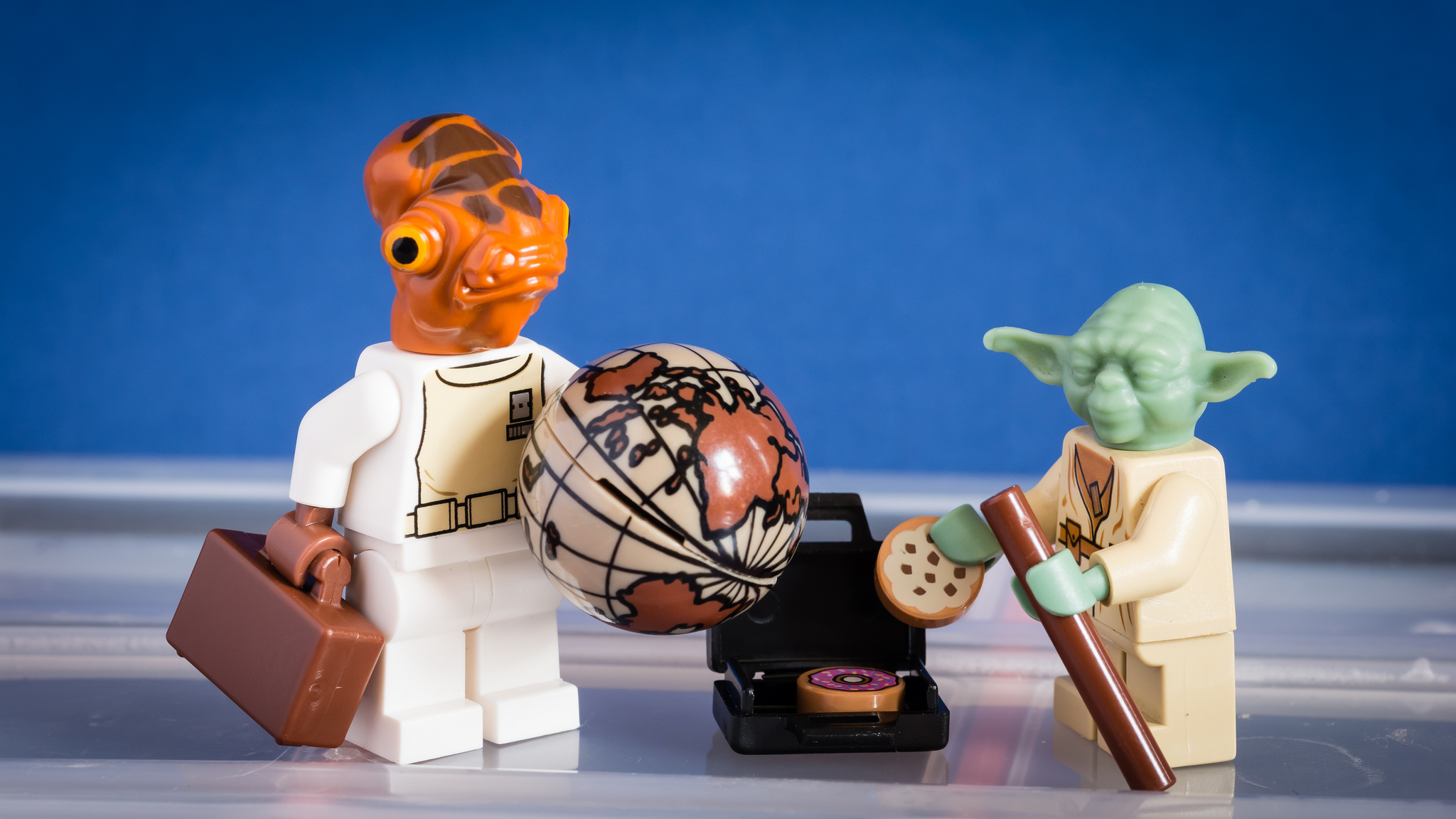A new article co-authored by John Allison (Texas), Mark Lemley (Stanford), and David Schwartz (Chicago-Kent) was featured on the Patently-O blog this week in a post by Jason Rantanen. The article, titled Understanding the Realities of Modern Patent Litigation (recently published by the Texas Law Review), is an extensive update of a groundbreaking empirical study that Allison and Lemley published in 1998. For the new article, the pair brought on Professor Schwartz to help create and analyze a new hand-coded data set on recent patent litigation. Read an excerpt of the profile at Patently-O below:
In 1998, John Allison and Mark Lemley published a groundbreaking empirical study of patent litigation, Empirical Evidence on the Validity of Litigated Patents. Allison and Lemley’s focus in that article was on written, final validity decisions by either district courts or the Federal Circuit from 1989 through 1996. The basic study design philosophy was to look at patent case outcomes; that is, what was the final outcome for patents that were litigated. That study is still widely cited.
Working with Dave Schwartz, Allison and Lemley recently completed an updated (and much expanded) version of their 1998 study. The results of that study are being published in several articles, but the one that links most closely with the earlier study is Understanding the Realities of Modern Patent Litigation.
Their undertaking in this project is truly quite impressive. The authors expanded their scope to all available decisions (not just those that were published in the U.S.P.Q., as in the earlier study) for utility patent infringement suits filed in 2008 and 2009, and personally coded the relevant case information from the docket sheets, district court opinions, briefs, and Federal Circuit decisions for hundreds of cases. As in the earlier study, the record unit they used were patent cases, with only final decisions for a given patent being counted; in other words, where there was more than one decision in a case, they reported the last final decision on the validity of the patent. Thus, if there was a final Federal Circuit decision, it superceded a previous district court decision; if there was a remand and subsequent final decision by the district court, it superceded the Federal Circuit ruling, and so on. Within this set of cases, Schwartz and Lemley coded information about the cases while Allison coded patent-specific information.
Continue reading at Patently-O for more detailed findings from the study.



Leave a Reply